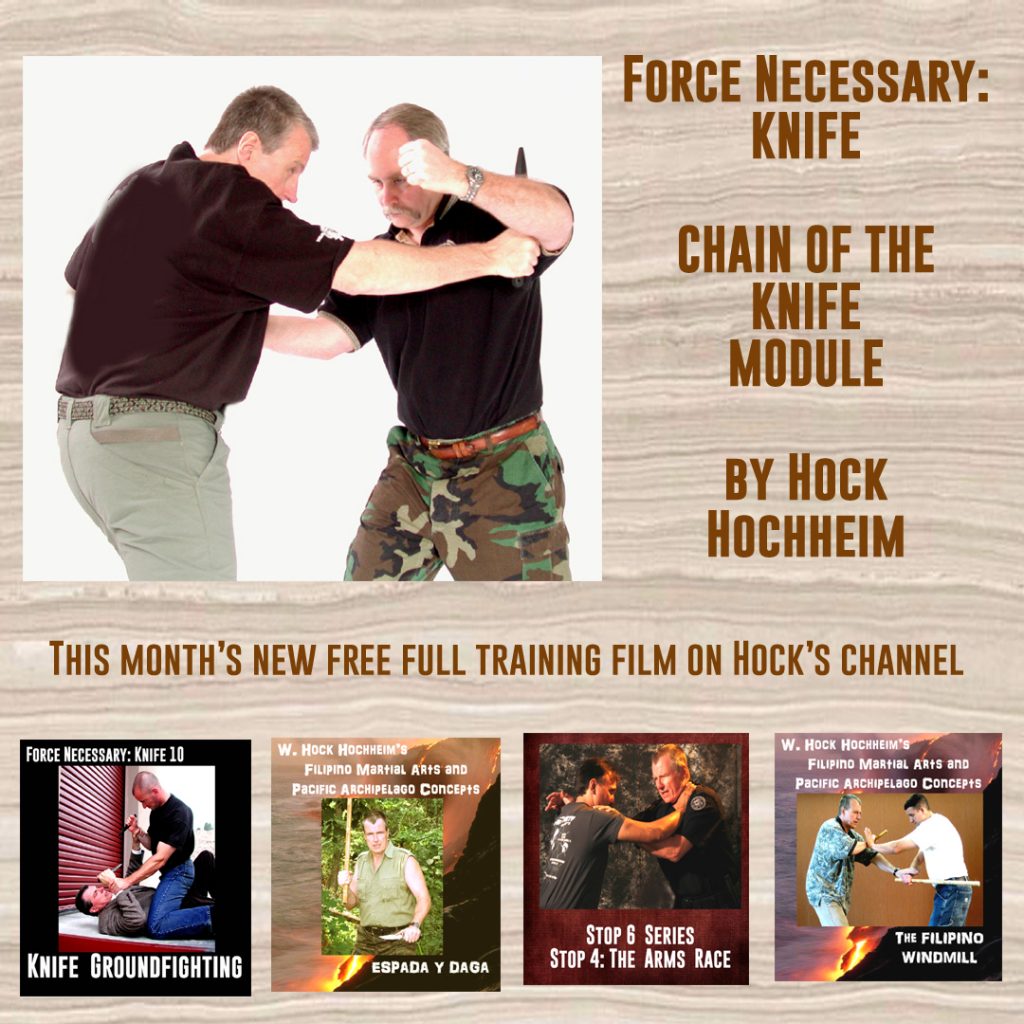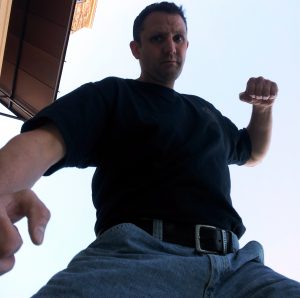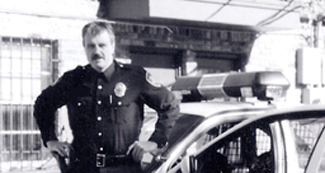
“Welcome to the jungle…”We all hear about how grounded wrestlers shouldn’t wrestle in the proverbial “street fight,” and one reason name-dropped is the catch phrase “multiple opponents.” Another worry for the wrestler is the catch-phrase “ground n’ pound,” – that includes striking and kicking on the way down and once downed. In the win-some/lose-some in real life, our lives, my life, I have a pivotal story about this, lessons learned from multiple opponents AND ground kicks. I wound up in the hospital.
Back in the late 1970’s I and other patrol officers were dispatched to a “big fight.” Two fraternities fighting in and out of a large frat house. The college police were there and needing help. Who they gonna call? next in line, the city police. When we got there it was a mess. About 30 guys fighting. I have seen messes like this before in the Army military police when whole units would have feuds and enormous fights would kick off. And so, we made our way into the melee and tried to…”stop it.” This was not my first rodeo, so to speak. Looking back I always got banged up in these things and I should have known better, because this one was the worst.
I got inside the large basement and tried separating and fighting people when suddenly for some reason, the rush of humanity pushed and pulled about 10 of us down on the cement floor. It was as they say, asses and elbows, and everything else.
Then suddenly, I was knocked out. Gone. Numerous people were arrested and my sergeant decided it was time to leave. He said,
“Somebody go over there and wake Hock up.”
They said they slapped me awake. Officers told me that they saw it happen. Another college guy got up into a crab walk position behind my head, crab walked a few feet over to me, and from the crab, thrust kicked me in the head. I never saw it coming, as they say. I was out cold in a nauseous dream. They told me I was out for about 20 minutes. If you are in the newer “knock-out and brain business,” you know this much time is really bad. But back then? “Shake it off!”
They helped me up and I stood, trying to unscramble my brains. I was floating on another planet as I got to my squad car, and I actually drove with the caravan back to the station. No paperwork for me! I was asleep for the whole thing. It was near the end of the evening shift. And I floated back to my car, and sick and confused, I drove home.
Once at home, I started vomiting and I couldn’t think straight. My wife drove me to the hospital with my head hanging out the window like a dog. They gave me drugs and kept me overnight for observation. You know…concussion. It was a bad “LSD” kind of night with puking and whack-job thoughts. Two days later? Back to work.
It’s funny but I can still remember part of what I was dreaming on the floor. I was at some kind of horror carnival. If I try to hard to recall it? I can feel the beginnings of getting nauseous again. It’s a brain damage, rabbit hole.
Years later with vision-robbing migraines that lead to other problems, at the brain doctor’s office, I had to count up the times I have been significantly knocked out and it came to 14. Two car wrecks, two kickboxing, two boxing, cop fights. Also twice in baseball (odd stories as a catcher) well, a total of 14 “I am out, bubba” incidents. Now brainy-ologists tell you that even little mini-second blackouts start adding up too. Oh crap! Think about your kickboxing and how many times that has happened.
Decades ago, when we trained, we all expected to get knocked out, oh, once or twice a year. It was usually accidental and just an inevitability. Moreso expectations if in competitions, which I did not do a lot of. My job was enough competition. Welcome to the jungle.
Today the bad brain news travels fast, through American football down to kid’s soccer. (There are two new boxing gyms opening up by me…that never box. Boxing without boxing.) Eventually, I have been tested to have brain damage with symptoms too complicated to explain here as a side issue. I learned that I can control the symptoms somewhat with good sleep (and solid REM dreaming) and a simple diet. I also have an odd problem with dreams and it’s too long to explain here. A couple of railroad tracks in my brain have been disconnected.
But back to the main issue. I was knocked out on the ground by a kick in a multiple opponent scrap. A two-fer! And as I said starting out, we all hear about how ground wrestlers shouldn’t wrestle in the proverbial “street fight,” but I want to advise survivalists and self defense folks that you absolutely must learn and hone some core wrestling/ground fighting moves inside the ground n pound module-world. Add mixed-weapons to that menu.
Of course if you are just loving you some sport submission systems? Continue your hobby. But you must REALLY KNOW where that fits…in the jungle.
Addendum:
“Hi Hock, I really enjoy your website. It is definitely the best on the internet covering all areas of self defense. In response to you being knocked out by a kick to the head, something similar happened to me, when i was with the PD prior to my retirement. In the early hours of my shift on a weekend, several officers and i were dispatched to a large biker party, in a back yard. Upon arrival, approximately 60 subjects were present. There were 8 officers including myself present. A fight began and one officer was on the ground attempting to handcuff a suspect. I dropped to my knees to assist and the next thing I realized I was in the back of a patrol car in route to the hospital. I had blood running out of my mouth and it felt like I had gravel in it. Upon arrival, I was checked for injuries, and the gravel turned out to be shattered teeth. I had been kicked under the jaw by some punk with steel toed boots. Three of my bottom back molars on each side were shattered from slamming my jaw together. The guy went to jail and got 30 days. To this very day I have TMJ but things could have been worse. Take care and stay safe.” – Doug Boal, RET.
******
Hock’s email is Hock@survivalcentrix.com
True Texas detective and police stories. Get the paperbacks or the downloads. Click here.
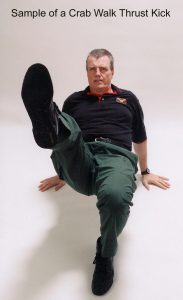
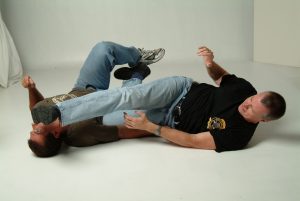



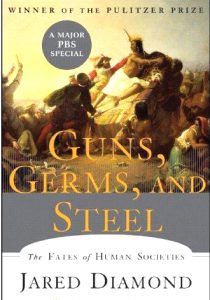


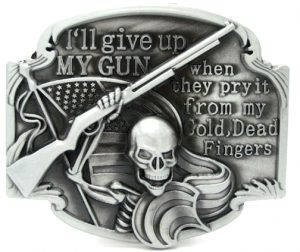

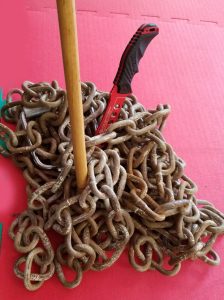
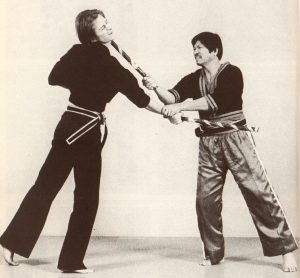
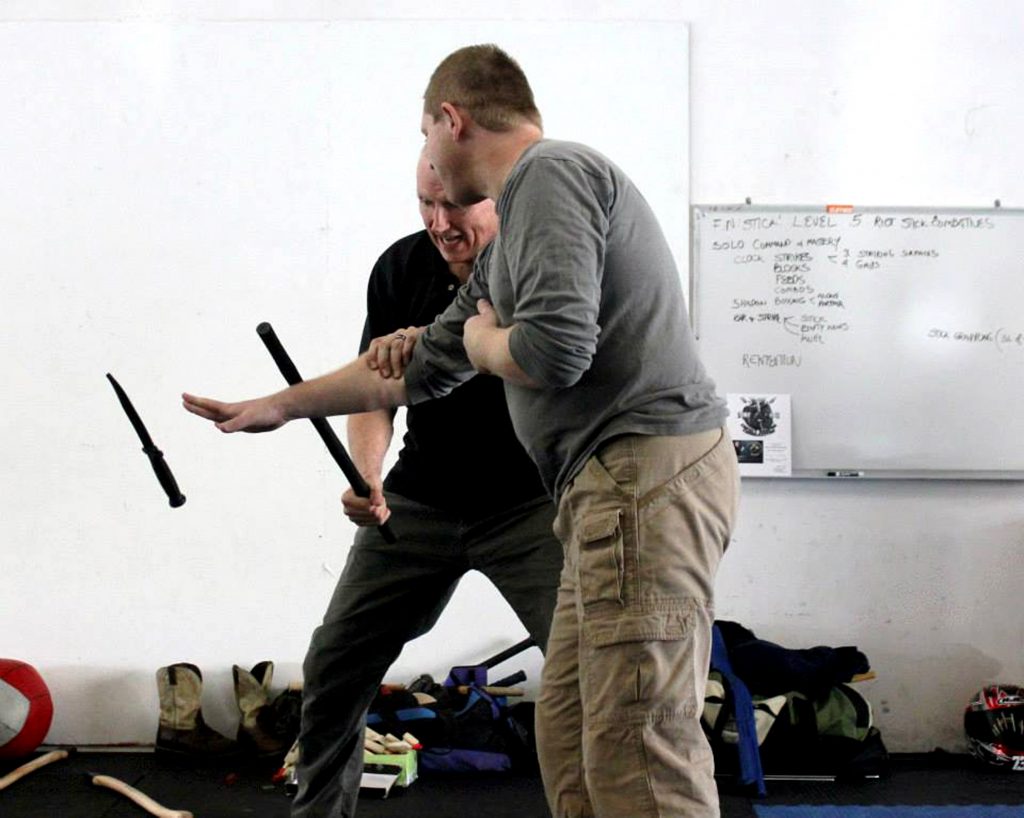
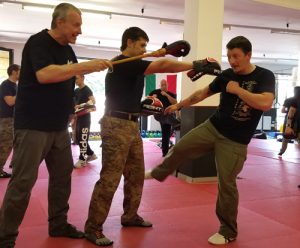
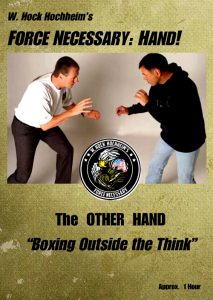
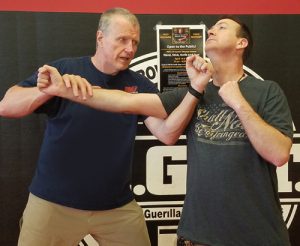
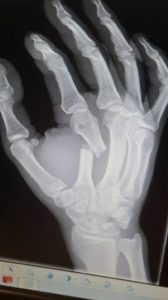

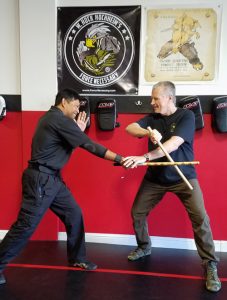
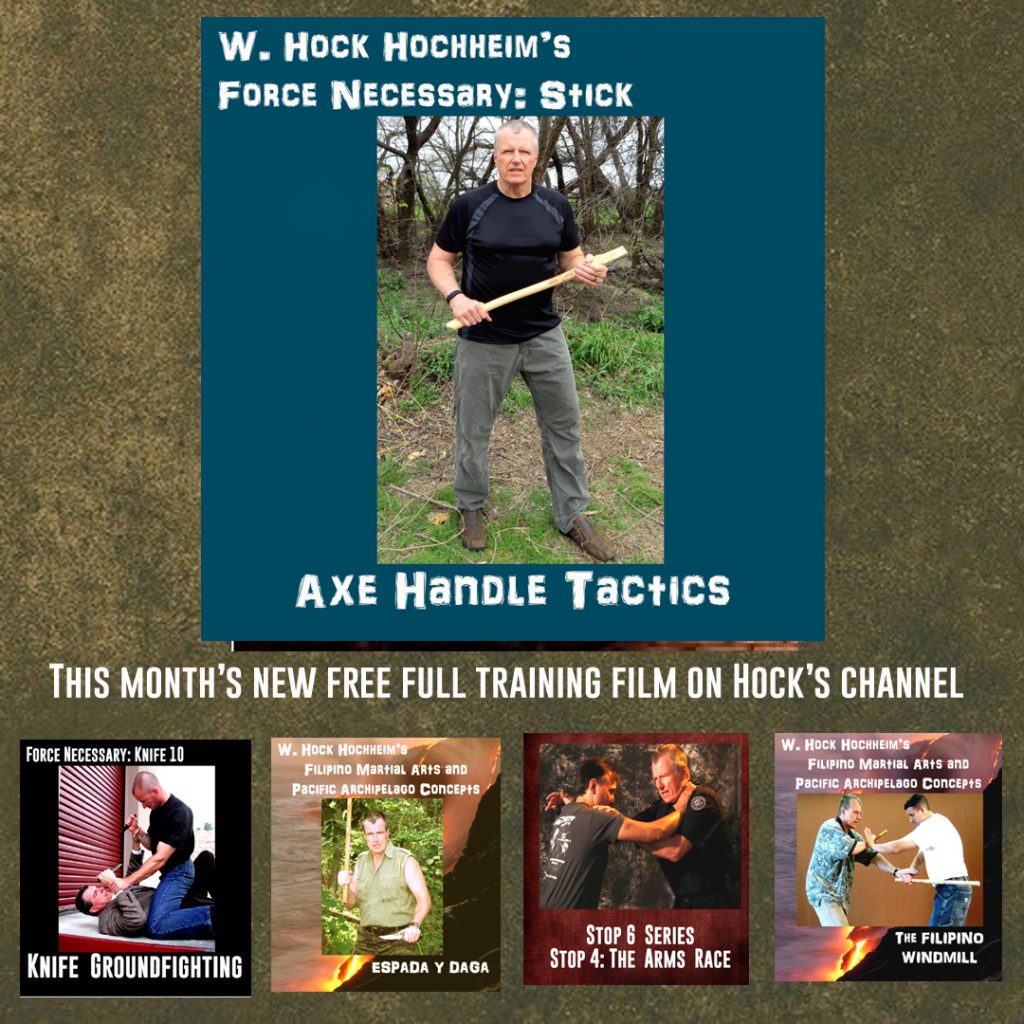
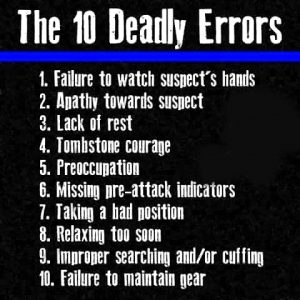
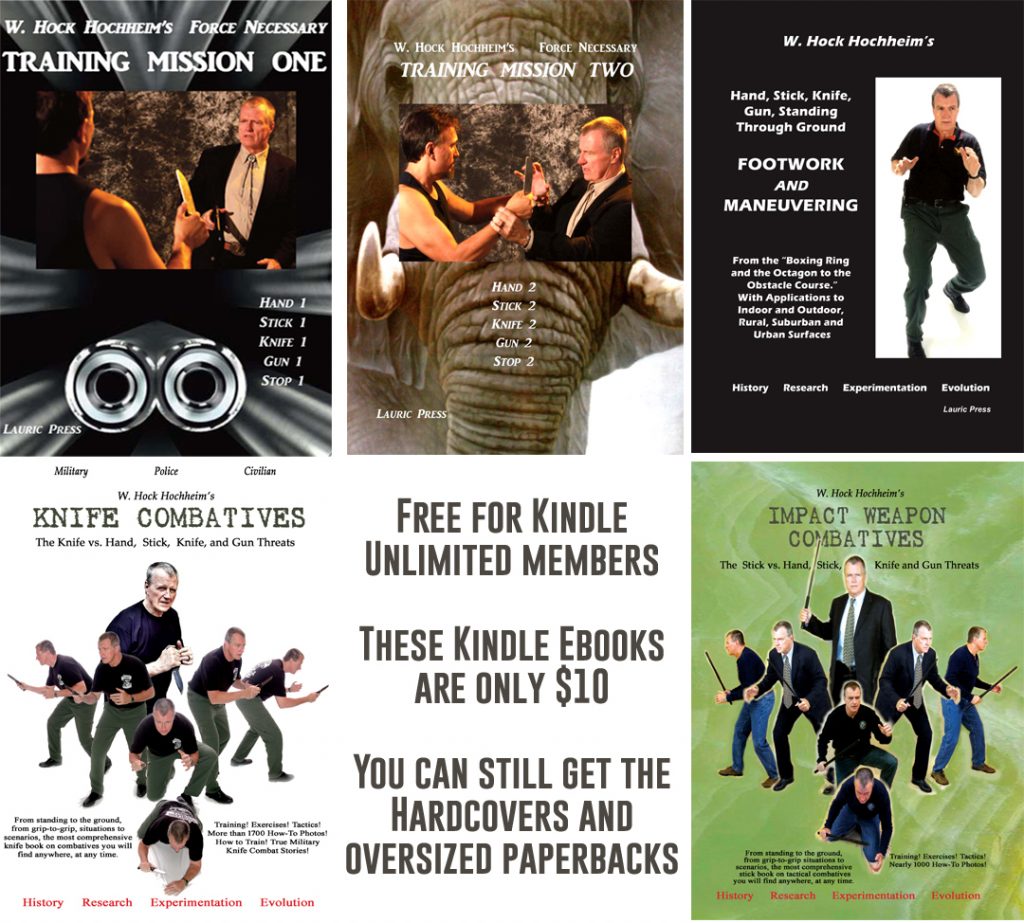
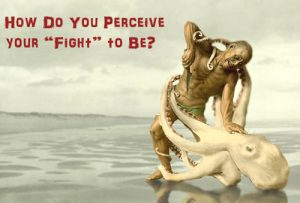
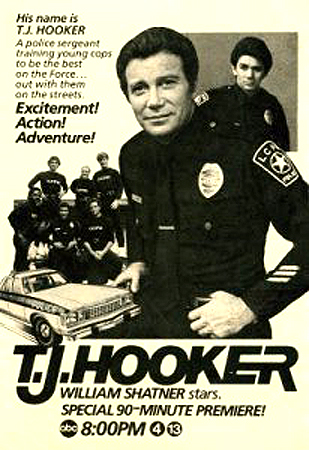 Perceptions. I recently watched the very first episodes of the 1980’s T.J. Hooker cop show, just for sheer nostalgia. I was already a street cop and detective when it was on prime time TV decades ago. On patrol in a giant squad car prowling residential streets, Hooker and his rookie partner drove through a Los Angeles neighborhood and Hooker lectures the rookie about the shame and horror of how people cowered and hid in their houses, fearing the crime on the L.A. streets. That was 1981! “They” were already scaring the bejesus out of you back then. Of course that was dramatic for a TV pilot, but these fear ideas fed and still feeds people today. Perceptions.
Perceptions. I recently watched the very first episodes of the 1980’s T.J. Hooker cop show, just for sheer nostalgia. I was already a street cop and detective when it was on prime time TV decades ago. On patrol in a giant squad car prowling residential streets, Hooker and his rookie partner drove through a Los Angeles neighborhood and Hooker lectures the rookie about the shame and horror of how people cowered and hid in their houses, fearing the crime on the L.A. streets. That was 1981! “They” were already scaring the bejesus out of you back then. Of course that was dramatic for a TV pilot, but these fear ideas fed and still feeds people today. Perceptions. 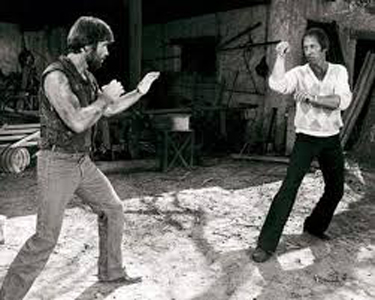 Same with fights. Remember back when Chuck Norris or Claude Van Damme would kick a bad guy down? The bad guy would crash and the Chucks and the Claudes would just stand there, in a poster-boy, fighting pose, maybe bouncing up and down, waiting for the serial killer or hit-man to stand back up and continue the classic fight. Art imitates life and life mimics art. How many people actually, waited for bad guys to stand back up up? That was the “movie fight” until Steven Seagal came along and started breaking arms. How many crimes involve two guys standing in fighting stances like in a boxing ring?
Same with fights. Remember back when Chuck Norris or Claude Van Damme would kick a bad guy down? The bad guy would crash and the Chucks and the Claudes would just stand there, in a poster-boy, fighting pose, maybe bouncing up and down, waiting for the serial killer or hit-man to stand back up and continue the classic fight. Art imitates life and life mimics art. How many people actually, waited for bad guys to stand back up up? That was the “movie fight” until Steven Seagal came along and started breaking arms. How many crimes involve two guys standing in fighting stances like in a boxing ring? 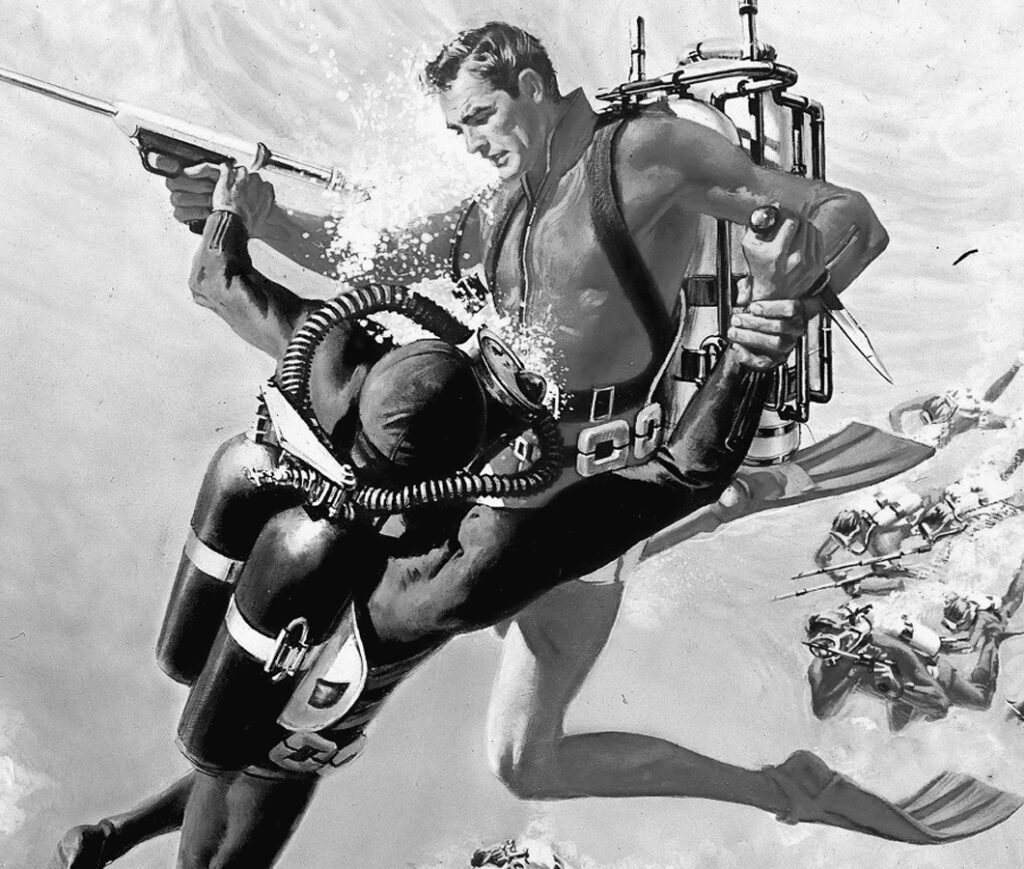 least aware they could be fighting absolutely anyway, anywhere in this hand, stick, knife, gun world. Inside or outside houses and business, on tile floor, rugs, cement, dirt, grass, mud, tar. I have never fought anybody underwater, though. HA! Should I train for that too? (Though I know of some cops fighting people on the ankle-deep and waist deep fringes of oceans and lakes.)
least aware they could be fighting absolutely anyway, anywhere in this hand, stick, knife, gun world. Inside or outside houses and business, on tile floor, rugs, cement, dirt, grass, mud, tar. I have never fought anybody underwater, though. HA! Should I train for that too? (Though I know of some cops fighting people on the ankle-deep and waist deep fringes of oceans and lakes.)